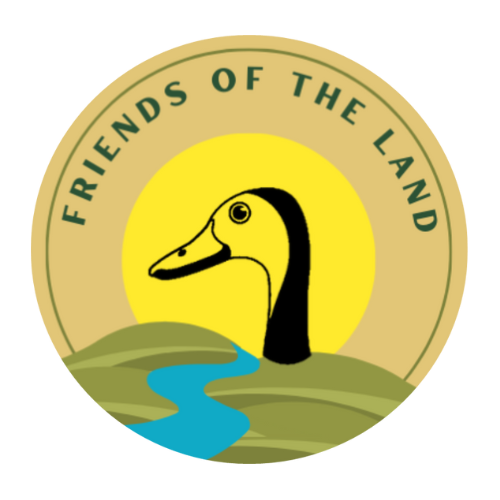
Friends of the Land Mission and Vision
About us
We who live, work and relax along the Austin-Bastrop Colorado River Corridor are witnessing an unprecedented transfer of land and resources as growth moves east of Austin at a record pace. Bastrop Friends of the Land is an all-volunteer effort organized to address local food security and farmland preservation through land-use reform.
The 50-mile stretch of the Colorado river between the city limits of Bastrop and Austin is a fragile ecosystem of fertile bottomland and riparian habitat. This unmatched wildlife corridor is part of the Central Flyway, one of North America’s four migratory paths, making it a premier birding site. In addition to Bald eagles and other wildlife, this area provides recreation for local and visiting anglers, paddlers, and hunters. This stunning natural environment and abundant outdoor activities are why McKinney Roughs Nature Park and the Hyatt at Lost Pines are located nearby.
Unfortunately, this beautiful land also draws mining companies and absentee owners who seek to exploit the lack of environmental protections beyond city jurisdictions. The result is an alarming and haphazard fragmentation of residential, commercial, and industrial interests.
The primary mission of Bastrop Friends is to draw attention to the unsustainable pressures and reckless results of unplanned development and mining, while also inspiring and empowering landowners to take a more active role in influencing local land use planning and practices. Without that input, the natural resources and diverse habitat that make this region so productive and attractive will continue to erode and become irreversibly compromised.
Bastrop Friends of the Land is continuing the work by the long-forgotten Friends of the Land movement, a forerunner of the environmental movement. Led by famed writer and farmer writer Loius Bromfield, this network of businesses and landholders helped mitigate the worst environmental crisis in U.S. history that culminated with the Dust Bowl of the 1930s.
Topsoil erosion from industrial farming practices was the most critical issue facing conservationists of that era. Today, in the fringe counties of Metro Austin, the loss of farmland and natural habitat is ours. Texas leads the nation in designated prime farmland being lost to development and Travis County’s loss ranks second among its counties.
Our Partners
Bastrop Interfaith
Thank you
Margie Crisp --Elgin artist and writer whose work has helped celebrate and protect the Lower Colorado River Basin; her painting of the Whistling Duck on our home page can be found in her book, River of Contrasts: The Texas Colorado.

